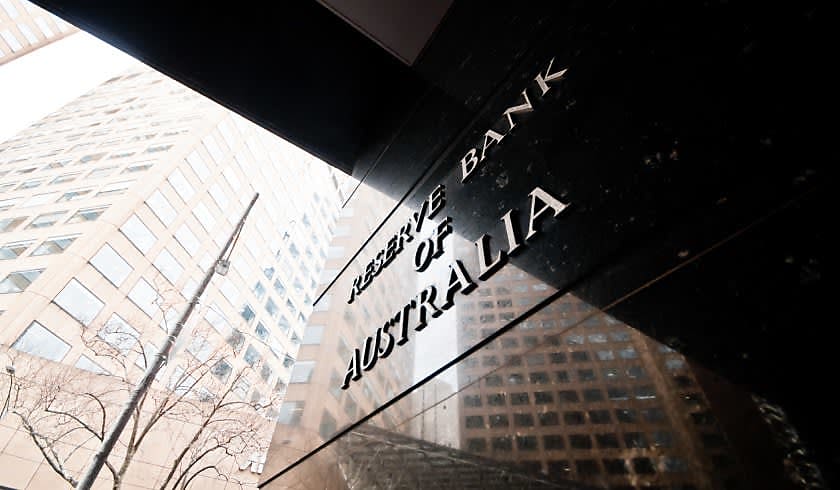RBA enacts 5th hold for 2023, but are we in the clear?
It was the first cash rate hold in the post-Philip Lowe era, but does the outcome of the Reserve Bank of Australia’s (RBA) October meeting signal the end of the rate hiking cycle?

While the recent Australian Bureau of Statistics (ABS) Consumer Price Index (CPI) data indicated Australian inflation was once again on the rise, new RBA governor Michele Bullock reiterated the central bank’s estimation that “inflation in Australia has passed its peak”.
However, in her announcement of the fourth consecutive cash rate hold and the fifth on the calendar year, Ms Bullock did note: “Timely indicators on inflation suggest that goods price has eased further, but the prices of many services are continuing to rise briskly and fuel prices have risen noticeably of late.”
The ABS monthly CPI rose 5.2 per cent in August, up 0.3 per cent from July, with increases in housing, transport, food and non-alcoholic beverages, and insurance and financial services key drivers of this increase. Moreover, volatile items such as automotive fuel and fruit and vegetables played their part in the increase.
Ms Bullock also revealed in her cash rate announcement the board’s belief that there is a “more sustainable balance between supply and demand in the economy”.
And while the October cash rate hold brought a sense of ease over Australian borrowers, many prominent industry experts question whether we are in the cash rate clear.
What’s property got to do with it?
Tim Lawless, research director at CoreLogic, believes inflation “remains high on the RBA’s risk radar [with] higher fuel and energy prices, alongside persistently high services, and rental inflation having the potential to trigger another rate hike later this year”.
He also stressed the RBA will likely be closely watching the nation’s housing sector, one of the core contributors to August’s CPI increase.
“Rental pressures are front and centre in the inflation numbers, however, the annual change in CoreLogic’s measure of market rents has been slowing since October last year,” he explained, adding the CPI “tends to lag market rents, implying CPI rental growth could be close to peaking”.
In Mr Lawless’ eyes, another key factor potentially driving Australia’s sustained cash rate reprieve is the present plateauing of national housing price growth, which jumped 2.2 per cent in the most recent quarter compared to the 3 per cent increase recorded in the three months to June.
While the research director noted the “RBA doesn’t directly target asset prices in their decision”, he sees the “ongoing rise in housing values across most regions of Australia” could be considered concerning by the central bank.
This is especially true when considering higher housing values’ potential to hold inflation higher “due to the flow on from the wealth effect; if home owners feel wealthier they may be inclined to spend more,” Mr Lawless added.
His sentiments were shared by Bilgehan Karabay, associate professor, economics, at RMIT University, who believes the forces at play in the Australian housing sector, including higher rents and increased home values, mean the nation isn’t necessarily “at the end of the interest rate cycle”.
Despite the dangers posed by recent activity in the Australian housing market, Tom Devitt, senior economist at the Housing Industry Association, explained: “Housing and finance data continues to be weighed down by the interest rate increases that the RBA commenced more than a year earlier.”
Over the three months to August, lending for the purchase or construction of new homes was 30.3 per cent below levels reported in the equivalent period of 2022, with overall building approvals down 17.5 per cent in the last three months when compared to the same quarter of last year.
“This decline in building activity is in contrast to the low level of unemployment and strong population growth,” Mr Devitt said.
He stated, “The impact of the RBA’s tightening cycle is not expected to produce a trough in new house commencements until the second half of 2024,” before adding “any further increases in interest rates will deepen and prolong this trough.”
Aussie dollar to blame?
Geoff Lucas, The Agency’s managing director and group chief executive officer, believes the threat of further interest rate increases lies outside the walls of Australia’s property market.
“The Australian dollar continues to be punished as our interest rates are materially lower than our trading block partners. If our rates remain out of sync with the rest of the world, our dollar will continue to depreciate and imports will become more expensive, creating greater imported inflation,” he explained.
Moving forward, and even with five of this year’s nine RBA board meetings ending with a cash rate hold, Mr Lawless insisted there is “little sign of a lift in consumer spirits”.
“Both the weekly and monthly measures of consumer sentiment are holding deeply in pessimistic territory,” he added.
“With housing market activity and sentiment highly correlated, it’s unlikely residential purchasing activity will show a material rise until some certainty returns to the economy,” he concluded.
